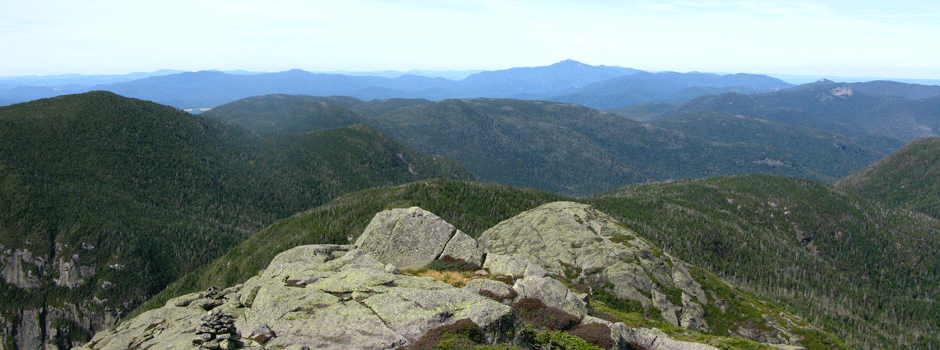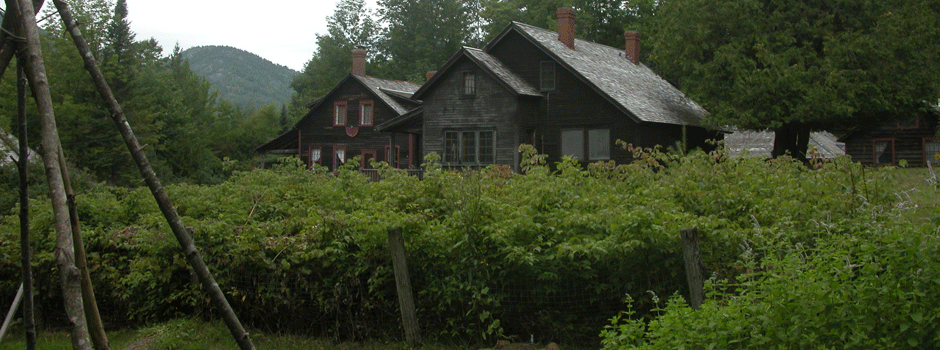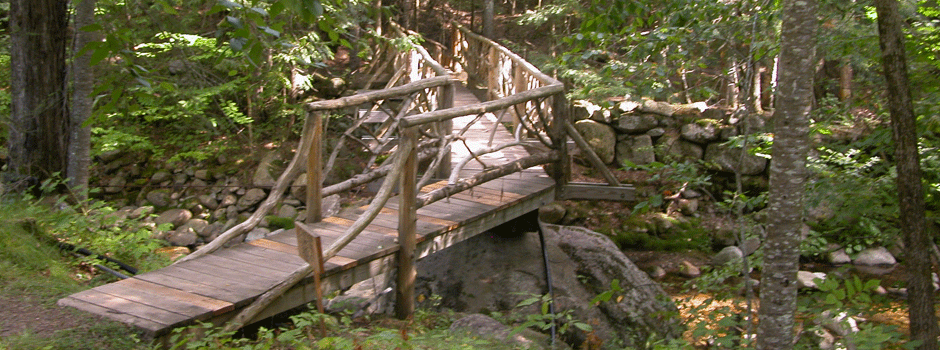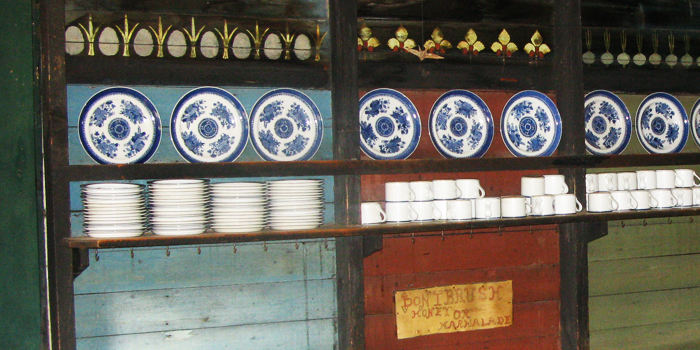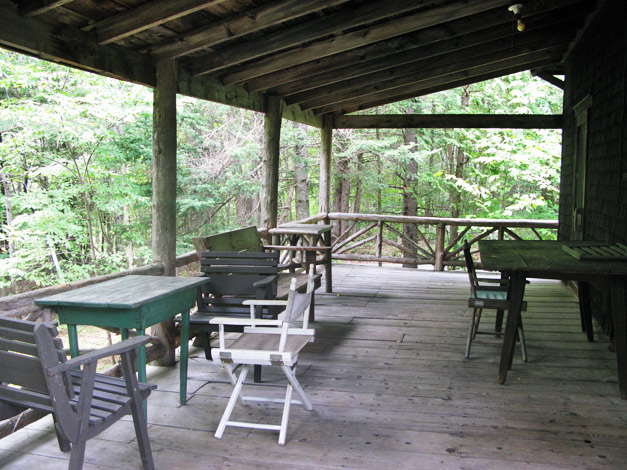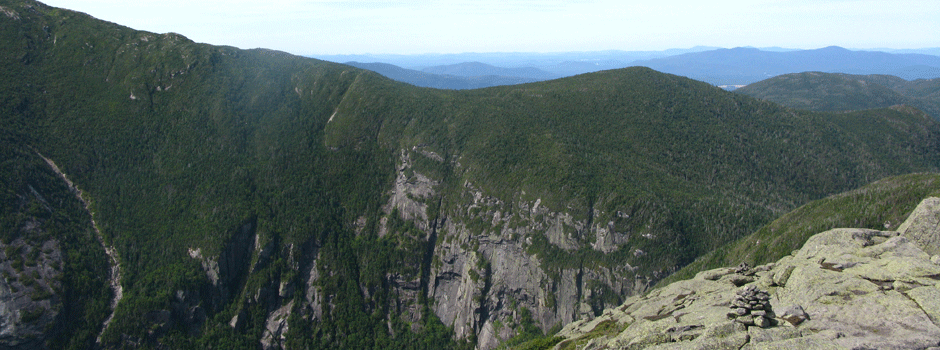Putnam Camp
Elizabeth Putnam McIver wrote in Early Days at Putnam Camp: (edited)
“Almost 70 years ago [1874] a small group of young men from Boston took a walking trip through the Adirondacks; and coming to [omitted], knew that they had found one of the loveliest spots on earth. At the very head of the Valley, on the eastern side, a modest farmhouse, a one-room shanty and a barn stood by the road in a bit of pasture-land cleared from the forest on Giant’s bosom and sheltered by her arms to north and south. A brook with enchanting waterfalls and pools came down from the mountain through spruce and maple, balsam and arborvitae, and out across the pasture into the Valley.”
“The following year [1875] a small piece of land on the edge of the woods above the farmhouse was purchased and a story-and-a-half shanty (still called the Shanty) was constructed, where our walkers slept, continuing to take their meals at the Boarding House. About a year after the first purchase, in 1876 I think, four of the original group bought the Boarding House, together with 4 acres of land. In 1877 the four owners and friends of theirs, came to the new property; the Log Book was started; and the Putnam Camp came into being.”
“Buildings of the simplest type were put up from time to time…set high among the trees with two sides arranged so that they could be pushed out to form a roof over the piazza, thus opening the whole room to a glorious view of Sawtooth, Gothics, and the whole western wall of the Valley….
“…A dining-room was added as a wing to the Farmhouse,–a rather long, low room, with narrow tables placed end to end to form a hollow square with one gap toward the kitchen, everyone sitting with his back to the wall…
“Houses for sleeping in were also added as the need arose… The old barn became a workshop,–an important center of activity and sociability…
We are assisting the camp board in its current assessment and building evaluation, especially since the recent Hurricane Irene left major damage to the camp and area.
